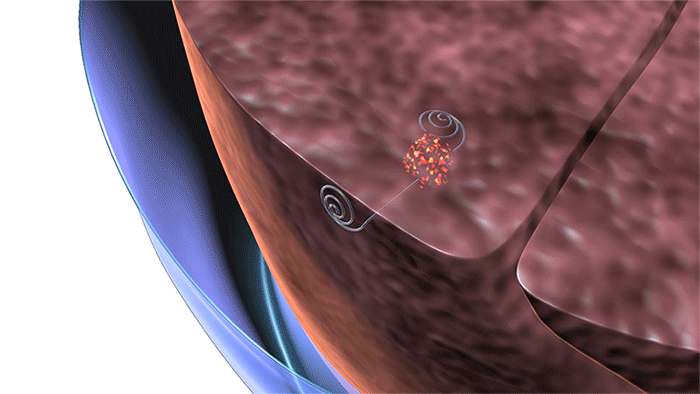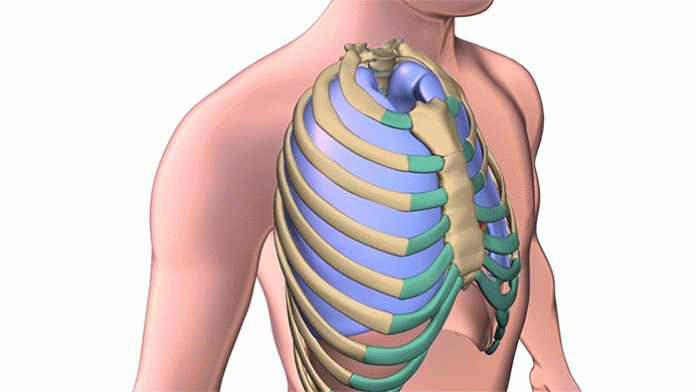An innovative new surgery could provide a breakthrough in treating early-stage lung cancer, based on a review of some of the first patients to receive the treatment
Currently performed at just a handful of medical centers internationally, ‘microcoil localisation’ allows doctors to pinpoint and remove tiny nodules in the lungs without damaging additional healthy tissue.
Explaing the treatment, Jason Lempel, M.D., a thoracic radiologist at the clinic said: “Rather than cutting out an entire lobe, or potentially even an entire lung, we can just take out a small bit of tissue.
“We’re able to treat patients with early-stage lung cancers quickly and thus decrease the chance of the cancer spreading.”
When cancerous nodules or lesions are detected, the approach up until now has been to monitor the situation through CT scans. If anything unusual is detected, physicians can then take the necessary steps to decide whether to perform a lobectomy, or offer radiation or chemotherapy to prevent cancer.
However, this approach wasn’t enough for David Sherman a 70-year-old non smoker and patient who received the localisation treatment: ““Never in my life did I ever think I could get lung cancer. I never even touched a cigarette,” said Sherman. “But when they found the lesions, I wanted to know if I had gotten cancer. And if I did, I wanted to get it out of me before it spread.”

The two-stage procedure offered to David typically operates in the following ways:
- A radiologist inserts a needle pre-loaded with a soft, fiber-coated platinum thread through the chest wall, then through the lung and finally, into the target nodule. This coil is carefully anchored to the nodule before the needle is removed.
- Using video-assisted thoracoscopic technology (VATS), a thoracic surgeon locates the coil on the membrane around the lungs and carefully resects it along with the wedge of tissue containing the small nodule or lesion. The team can then instantly examine the tissue, make a diagnosis and, if necessary, perform further surgical treatment.
Dr. Raymond is optimistic that microcoil localisation may one day vastly reduce the need for lobectomy: “Eighty-five percent of lung cancer patients are present with the stage four disease, where the cancer has spread to the bone or brain.
“If we can detect these patients earlier with CT screening and use microcoil techniques to treat patients sooner, we’re going to be able to treat many more patients and save a lot of lives in the process.”
Cleveland Clinic in the United States is just one of the medical centers in the entire world to offer the surgery. A recent review of the clinic’s first 20 cases using microcoil localisation has revealed a 100 percent success rate in retrieving the target lesion with clear margins. This means that no cancer cells were detected at the outer edge of the removed tissue.











